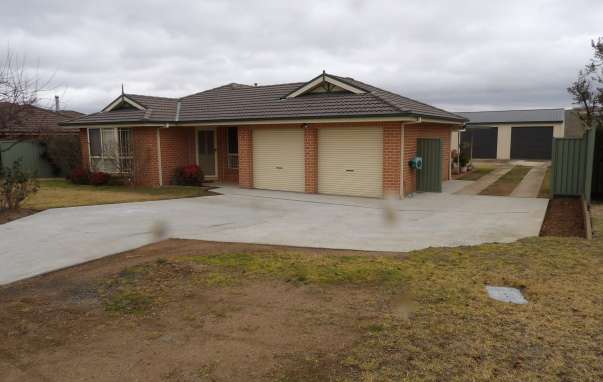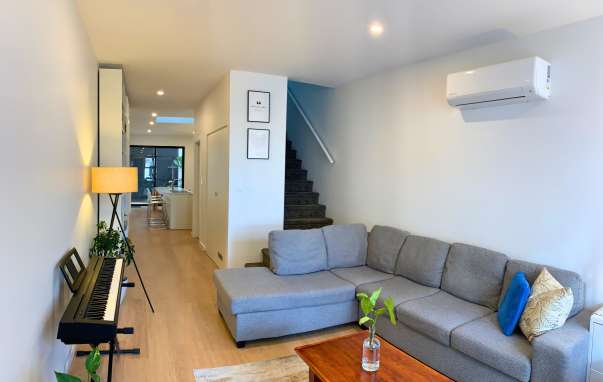A lease agreement is more than just a formality—it's a legally binding document that protects both the landlord and the tenant. Whether you're a seasoned property owner or renting out for the first time, understanding what to include in a lease is critical to avoiding future disputes and confusion. Including the right clauses ensures clarity, legal compliance, and peace of mind. This guide breaks down the must-have components to include in your tenancy paperwork checklist, helping you secure a solid lease.
1. Names of All Tenants and Landlord
Start with the basics—include the full legal names of all tenants who will occupy the property, as well as the landlord’s legal name or business entity. Every adult living in the rental should be named and sign the lease. This makes each tenant legally responsible for the terms of the agreement, including rent payments and property care.
2. Description of the Property
Accurately describe the rental property, including the full address and any included amenities like parking spaces, garages, or storage areas. Specify if the property is part of a larger complex or includes shared spaces. This detail leaves no room for misunderstanding.
3. Term of Tenancy
The agreement must clearly state the lease term. Is it a fixed-term lease (e.g., 12 months), or a month-to-month arrangement? Clearly defining the duration helps both parties understand when the lease starts, ends, and if any renewal terms apply.

4. Rental Amount and Due Date
Clearly outline the monthly rent amount, the due date, acceptable payment methods, and any penalties for late payments. You may also want to include information about any automatic rent increases after the initial term ends. This is one of the most critical parts of what to include in a lease.
5. Security Deposit Details
Specify the amount of the security deposit, where it will be held, the purpose it serves (e.g., covering damage or unpaid rent), and the conditions for its return. Landlords should also comply with state laws regarding how and when to return the deposit.
6. Maintenance and Repair Responsibilities
Clarity about who handles what repairs reduces conflict. Define tenant responsibilities, such as changing light bulbs or maintaining the lawn, and landlord responsibilities like plumbing, heating, and structural issues. The tenancy paperwork checklist should always include this clause.
7. Entry to Property
Include a clause outlining when and how the landlord can legally enter the property, such as for inspections or repairs. Most jurisdictions require 24 to 48 hours’ notice unless it's an emergency.
8. Pet Policy
If pets are allowed, state any restrictions regarding type, size, or number. If not, clearly specify that the property is pet-free. Also, include any additional fees or deposits related to pets.

9. Rules and Regulations
List any specific property rules the tenant must follow—such as noise levels, garbage disposal, parking rules, or use of common areas. This is essential in maintaining a peaceful living environment.
10. Termination Clause
Every lease should include clear termination terms. Explain how either party can end the lease, the required notice period, and any penalties for early termination. It’s wise to include provisions for breach of contract as well.
11. Subletting and Assignment
Specify whether tenants are allowed to sublet the property or assign the lease to another person. If allowed, define the approval process. Without this clause, tenants might bring in unknown occupants, creating liability issues.
12. Insurance Requirements
Some landlords require tenants to carry renters’ insurance. If that’s the case, include it in the lease. It protects the tenant’s belongings and reduces landlord liability in case of damage or accidents.
Final Thoughts
A comprehensive lease agreement builds a foundation of trust and accountability between landlords and tenants. By ensuring all essential clauses are present, you reduce legal risk and provide a clear path for resolving any issues that arise during the tenancy.
At For Sale By Home Owner, we empower landlords to take control of their rental process with tools and resources that simplify paperwork and promote transparency. Whether you're renting out your home or managing multiple properties, our platform helps you understand what to include in a lease for complete peace of mind.
Use our detailed tenancy paperwork checklist to make sure nothing important slips through the cracks. With For Sale By Home Owner, you stay ahead, organized, and confident in every lease you sign.







